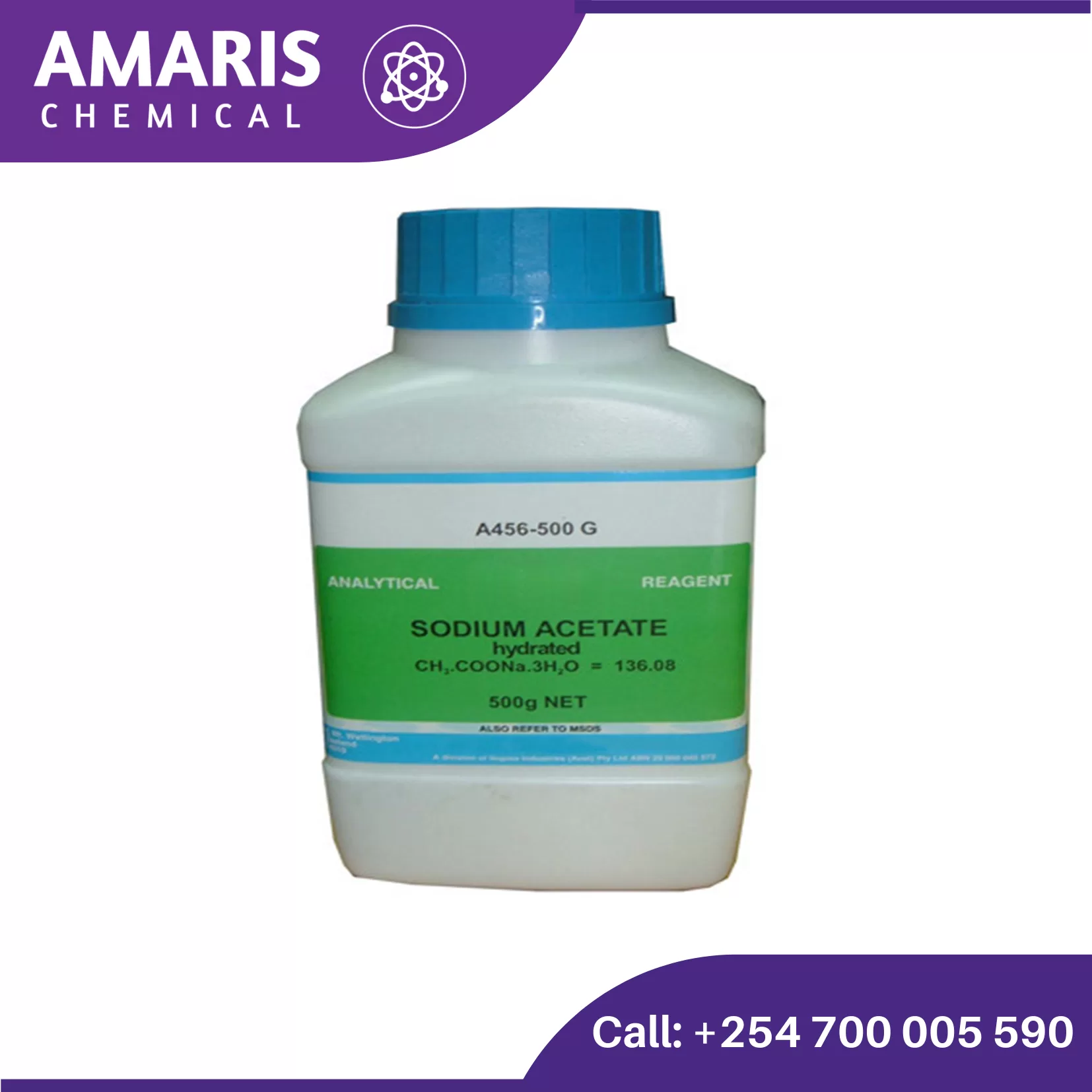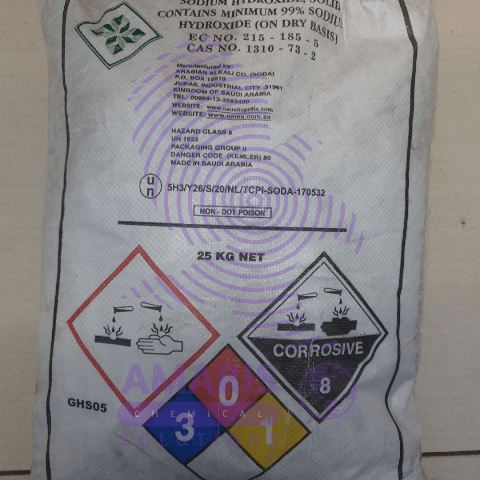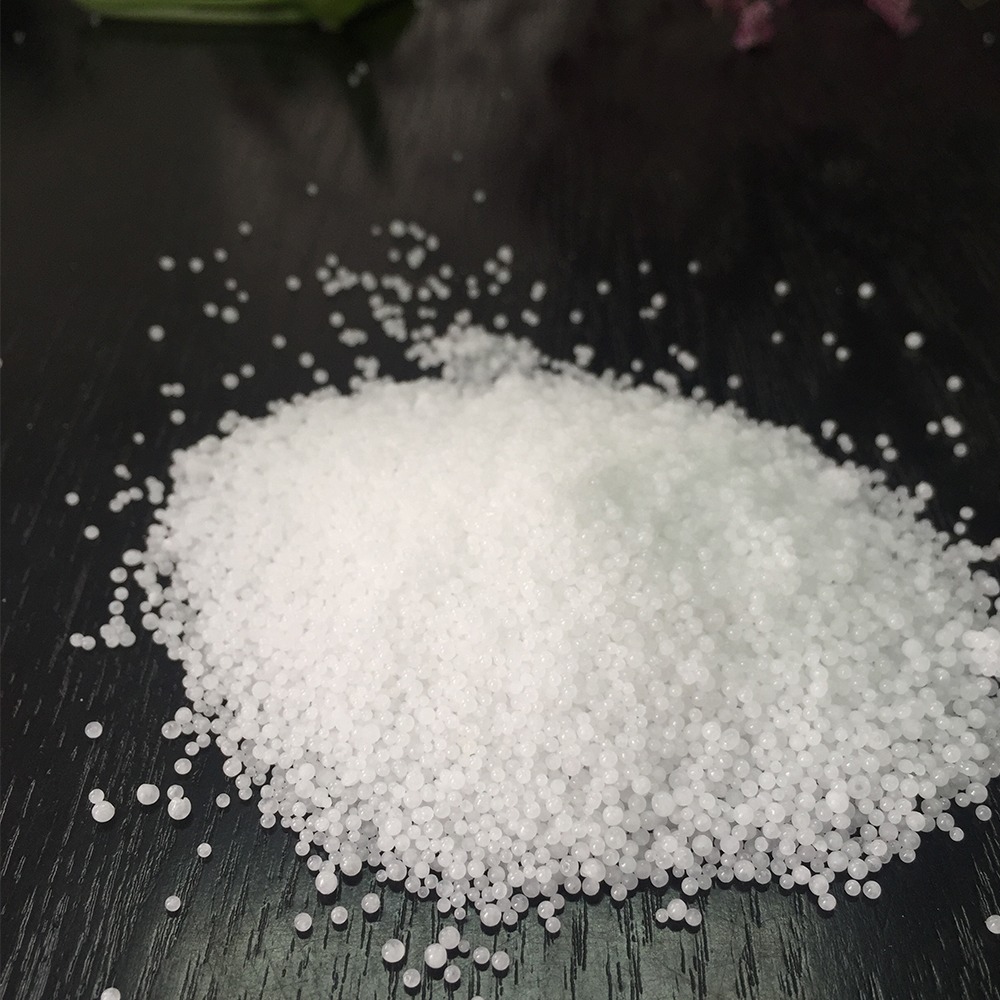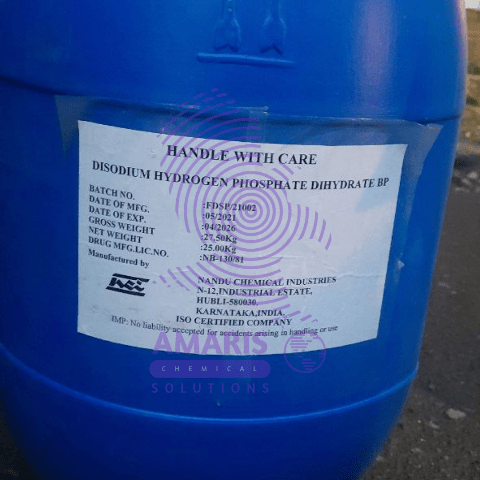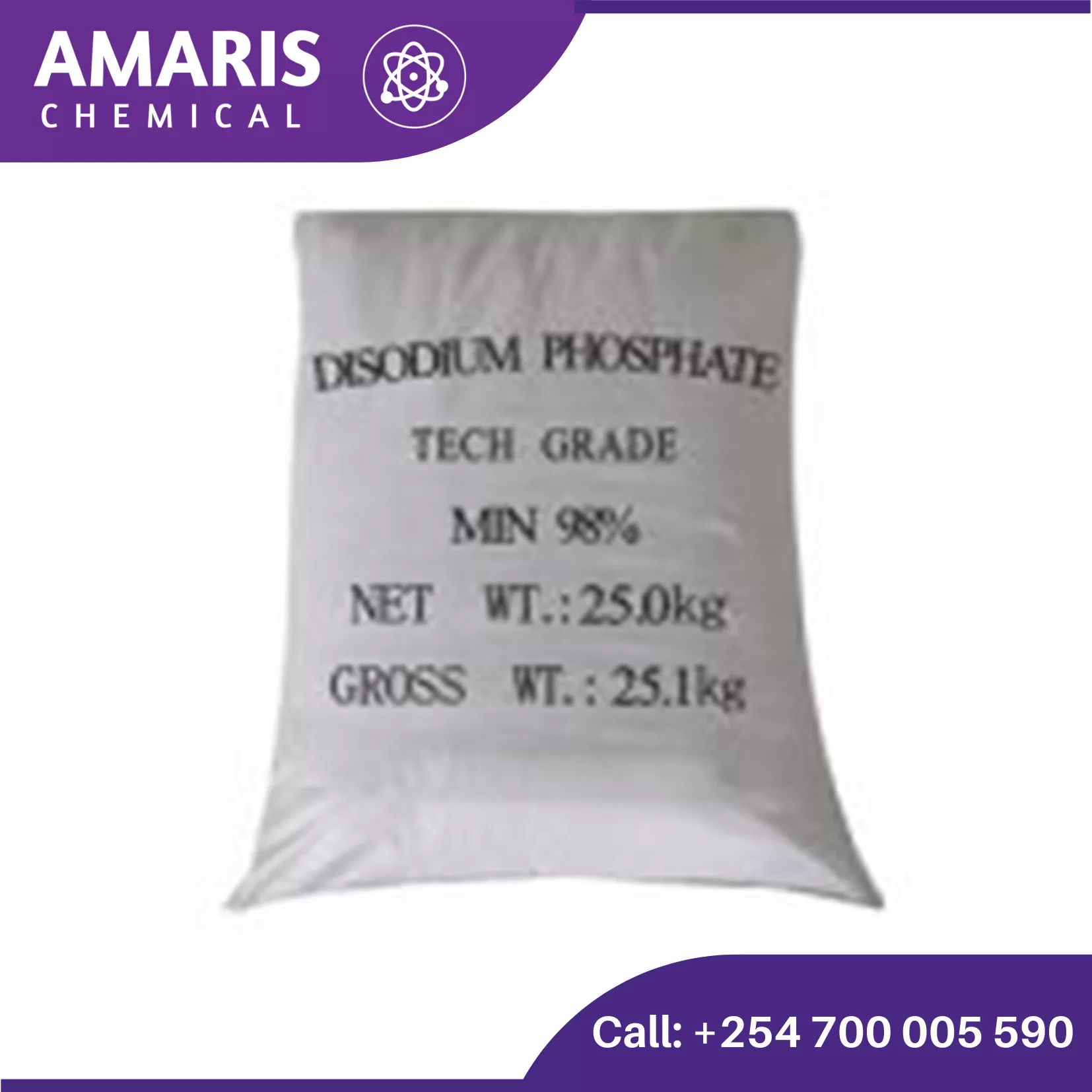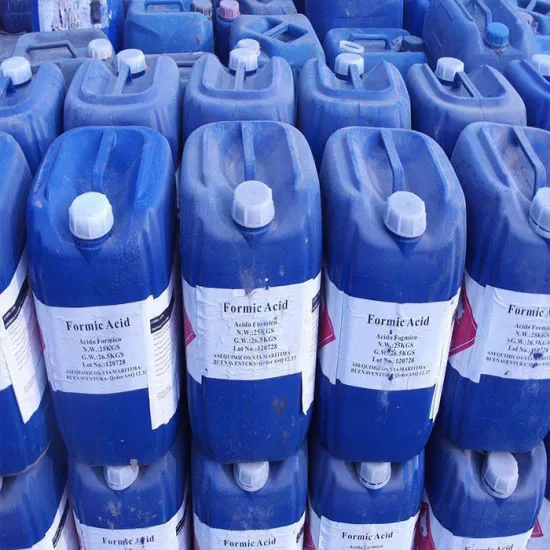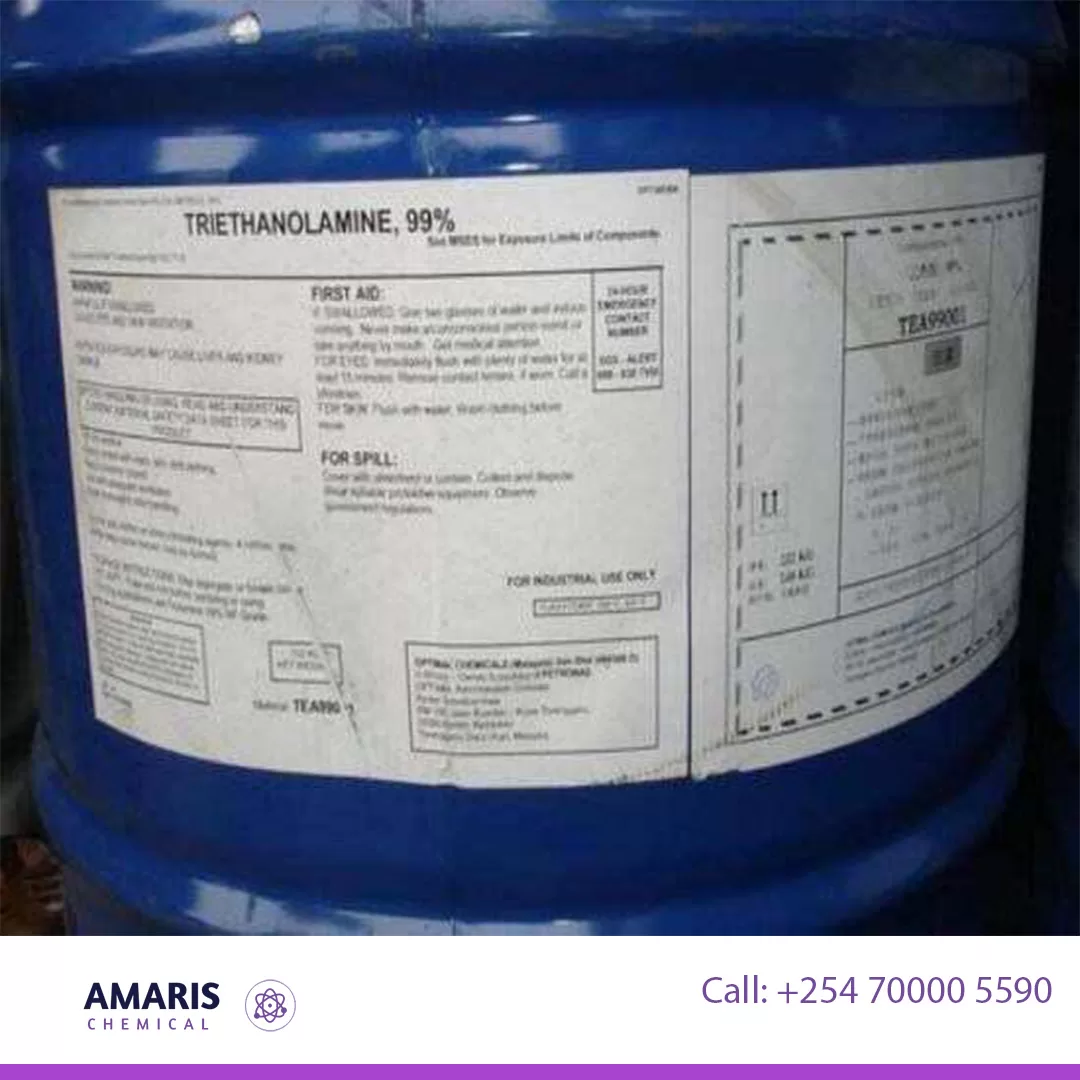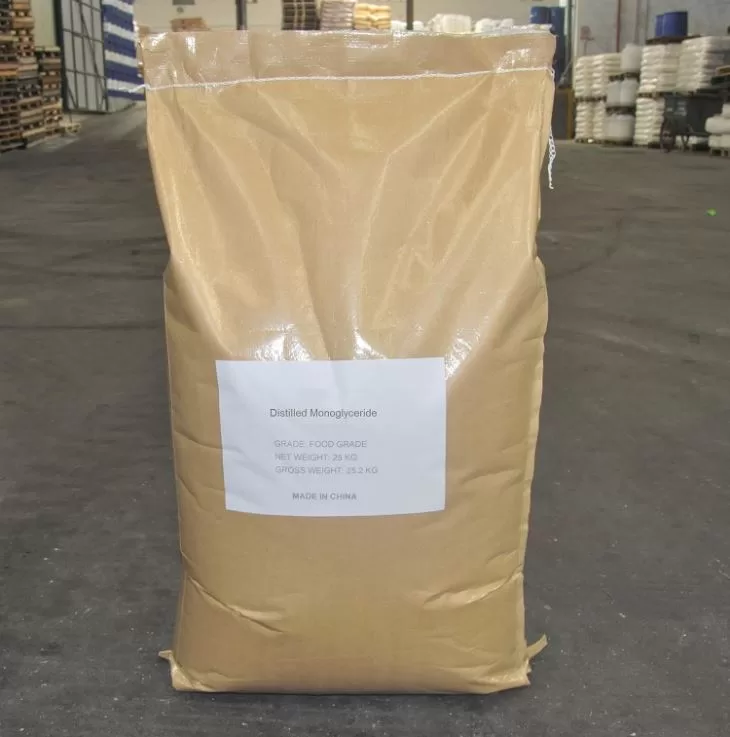
Glycerol Monostearate (GMS)
$0.01 Original price was: $0.01.$0.00Current price is: $0.00.
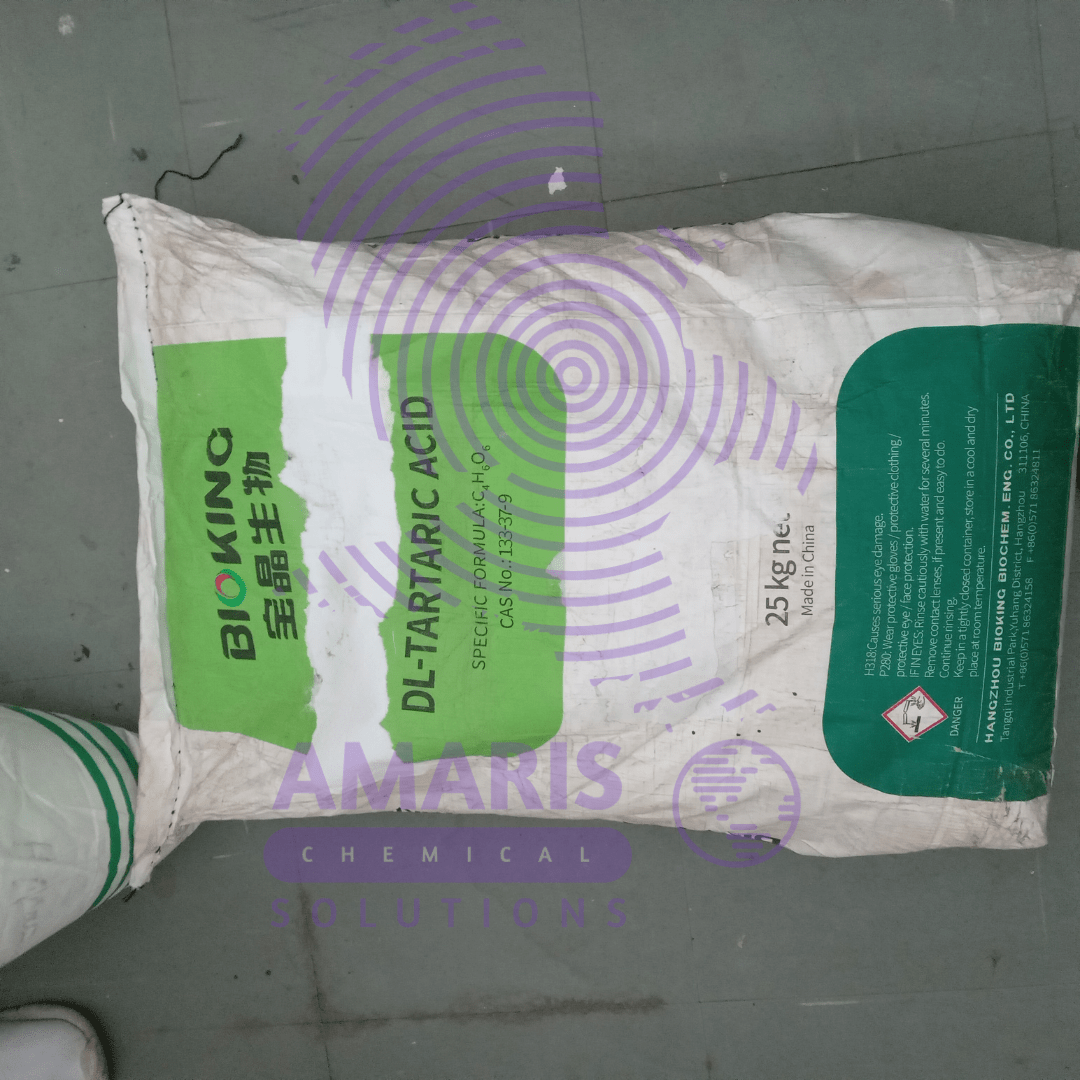
Tartaric acid Food Grade
$0.01 Original price was: $0.01.$0.00Current price is: $0.00.
Hydrazine Food Grade
$0.01 Original price was: $0.01.$0.00Current price is: $0.00.
Categories: Oxidizing Agents, PH Adjusters
Shipping & Delivery


MAECENAS IACULIS
Vestibulum curae torquent diam diam commodo parturient penatibus nunc dui adipiscing convallis bulum parturient suspendisse parturient a.Parturient in parturient scelerisque nibh lectus quam a natoque adipiscing a vestibulum hendrerit et pharetra fames nunc natoque dui.
ADIPISCING CONVALLIS BULUM
- Vestibulum penatibus nunc dui adipiscing convallis bulum parturient suspendisse.
- Abitur parturient praesent lectus quam a natoque adipiscing a vestibulum hendre.
- Diam parturient dictumst parturient scelerisque nibh lectus.
Scelerisque adipiscing bibendum sem vestibulum et in a a a purus lectus faucibus lobortis tincidunt purus lectus nisl class eros.Condimentum a et ullamcorper dictumst mus et tristique elementum nam inceptos hac parturient scelerisque vestibulum amet elit ut volutpat.
Related products
AcetateSodium 500gm
Acidulants, Analytical Reagents, Excipients, Microbiology and Cell Culture Reagents, PH Adjusters, Preservatives
Sodium acetate is a compound with the chemical formula CH3COONa. It is often found as the trihydrate form, meaning it has three water molecules attached to the acetate ion. This compound is commonly used in various industries, including food production, where it serves as a preservative or acidity regulator. In chemistry, it's used in buffers and sometimes as a reagent. Sodium acetate is also utilized in heating pads for its ability to undergo a process called crystallization that releases heat when needed.
Caustic Soda Pearls 25 kg bag
Sodium hydroxide, commonly known as caustic soda or lye, is a highly caustic and alkaline compound that is used in various industries for its strong basic properties, including the production of soaps, detergents, and paper. It is a white, odorless solid that is highly soluble in water and can be extremely hazardous if not handled properly. Sodium hydroxide is a strong base that can cause severe burns and tissue damage upon contact with skin and other organic matter.
Disodium Hydrogen phosphate dihydrate
Disodium hydrogen phosphate dihydrate, also known as disodium phosphate dihydrate or Na2HPO4·2H2O, is a chemical compound with the formula Na2HPO4·2H2O. It is a crystalline solid that consists of two sodium cations (Na+) and one dihydrogen phosphate anion (HPO42-) combined with two water molecules (H2O).
Disodium hydrogen phosphate dihydrate is commonly used as a food additive, buffering agent, emulsifier, and pH regulator in various industries. It has a wide range of applications, including in the production of beverages, processed foods, and pharmaceuticals. Additionally, it is utilized in laboratory settings for various chemical and biological experiments.
The compound is highly soluble in water, which contributes to its effectiveness as a pH buffer. It can act as both a weak acid and a weak base, making it useful in maintaining a stable pH level in solutions. Its versatile properties and easy availability make disodium hydrogen phosphate dihydrate a commonly employed chemical in numerous applications.
Disodium Phosphate
$0.01
Disodium phosphate, also known as sodium hydrogen phosphate or disodium hydrogen phosphate, is an inorganic compound with the chemical formula Na2HPO4. It is a white, crystalline powder or granular solid that is highly soluble in water.
In terms of its chemical composition, disodium phosphate consists of two sodium (Na+) ions and one phosphate (PO43-) ion. It is derived from phosphoric acid and is commonly used as a food additive, pH buffer, and a source of phosphorus in various industries.
As a food additive, disodium phosphate is primarily used as a texturizer, emulsifier, and stabilizer in processed foods and beverages. It helps improve the texture, increase shelf life, and prevent the separation of ingredients. Additionally, it can act as a pH regulator in certain food products.
In summary, disodium phosphate is an inorganic compound that serves various purposes in food and industrial applications, primarily as a food additive and pH buffer.
Formic Acid 85% 25 kg Jerrycan
Formic acid is a colorless, pungent liquid with a chemical formula of HCOOH. It is the simplest carboxylic acid, naturally occurring in certain fruits and vegetables and in the venom of some ants. It has a wide range of industrial applications as a preservative, antibacterial agent, solvent, and in the production of textiles, leather, rubber, and other materials. It also has some medical applications and is used in organic chemistry reactions as a reducing agent. However, formic acid is highly corrosive and can be dangerous if ingested or inhaled in large quantities.
Phosphoric acid Technical Grade 30kg
Phosphoric acid is a clear, colorless, and odorless mineral acid with the chemical formula H3PO4. It is a triprotic acid, which means that it can donate three protons (hydrogen ions) per molecule when dissolved in water. Phosphoric acid is commonly used in the production of fertilizers, detergents, and food additives, as well as in various industrial applications, such as rust removal and metal surface treatment. It is also used in the production of soft drinks, where it gives a tart flavor and acts as a preservative.
Sodium Carbonate soda ash light 50kg
Sodium carbonate soda ash light is a refined form of sodium carbonate, which is a white, crystalline compound with the chemical formula Na2CO3. It is called "light" because it has a lower density compared to other forms of sodium carbonate.
Soda ash light is primarily used in industrial and commercial applications, including glass manufacturing, water treatment, detergent production, and as a pH regulator in various chemical processes. It is known for its alkaline properties and its ability to effectively neutralize acidic substances.
Triethanolamine (TEA)
Triethanolamine (TEA) is a viscous organic compound that belongs to the class of alkanolamines. It is characterized by its three hydroxyl groups, which make it a triol. TEA is a versatile chemical compound used in various industries, including cosmetics, pharmaceuticals, textiles, and metalworking.
The best definition of triethanolamine can be summarized as follows: Triethanolamine (TEA) is a colorless, viscous liquid compound with the chemical formula C6H15NO3. It is produced by the reaction of ethylene oxide with ammonia, followed by subsequent ethylation. TEA has the ability to act as both a weak base and a weak acid, making it an excellent pH adjuster and buffer in many applications. It is widely used as an emulsifier, surfactant, pH regulator, and corrosion inhibitor in numerous industrial and consumer products.











